Carved and openwork, its essence of wood comes from the north of Vietnam, it presents a richness in the lush and volatile decorations or vegetation are put in high relief on all sides with an exceptional quality of execution.
Inside, there are two compartments enhanced by a small shelf with six separate compartments allowing the storage of jewelry or any other precious object.
Period: 20th century - Art Deco
Measures: L: 30 x W: 20 x D: 10cm
he Chinese term huanghuali literally means "pear wood with yellow flowers". It is part of the rosewood family and is botanically classified as "Dalbergia odorifera".
In pre-modern times, the wood was known as huali or hualu. The modifier huang (yellowish brown) was added in the early twentieth century to describe old huali wood, the surface of which has softened to a yellowish tint due to long exposure to light.
It is a fragrant wood, the sweet scent of huali distinguishes it from hongmu, similar in appearance but with a pungent scent.
The thinnest huanghuali features a translucent, shimmering surface with abstract patterns that delight the eye - those that resemble ghost faces were in high demand.
The color can range from reddish brown to golden yellow. Historical references point to the island of Hainan as the main source of huali.
However, variations in color, shape, and density suggest that similar species originate from northern Vietnam, Guangxi, Indochina, and other islands in the South China Sea.



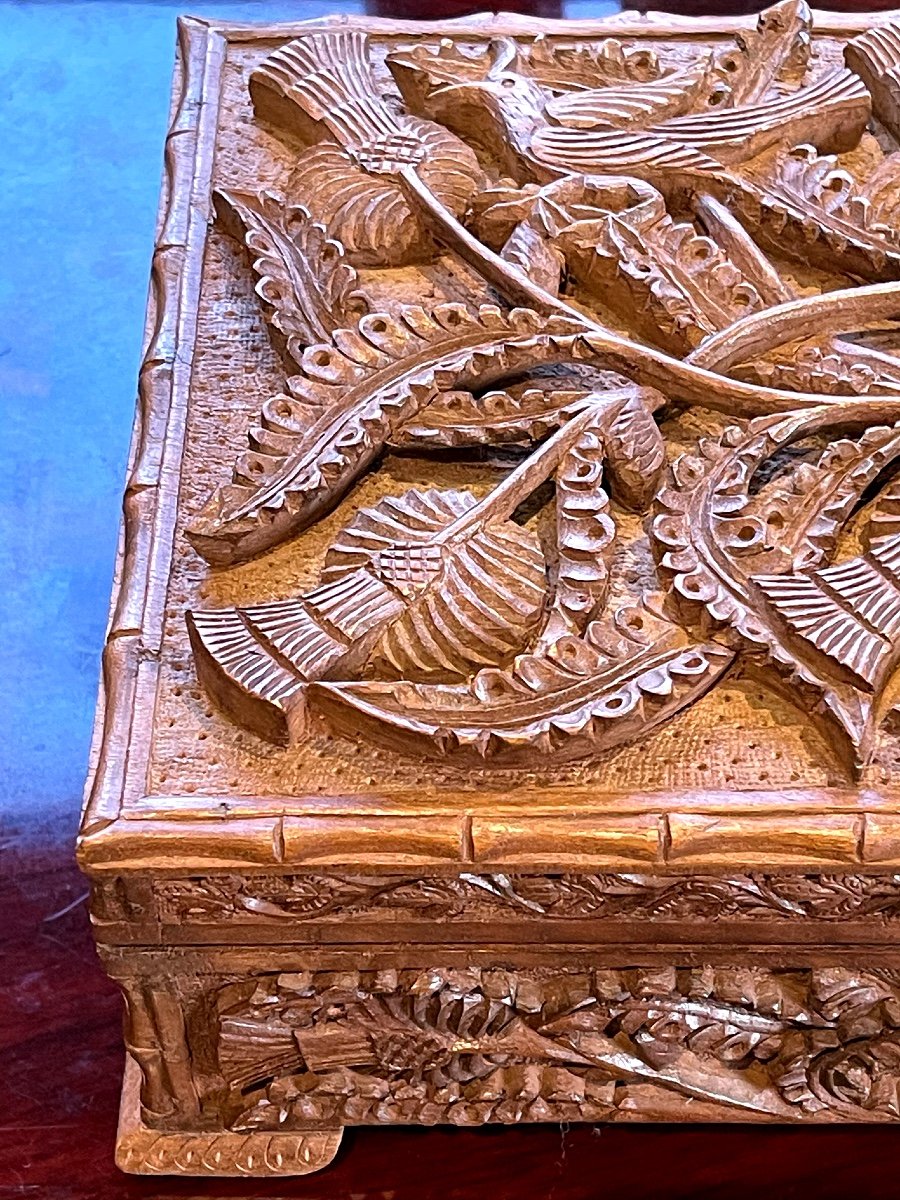

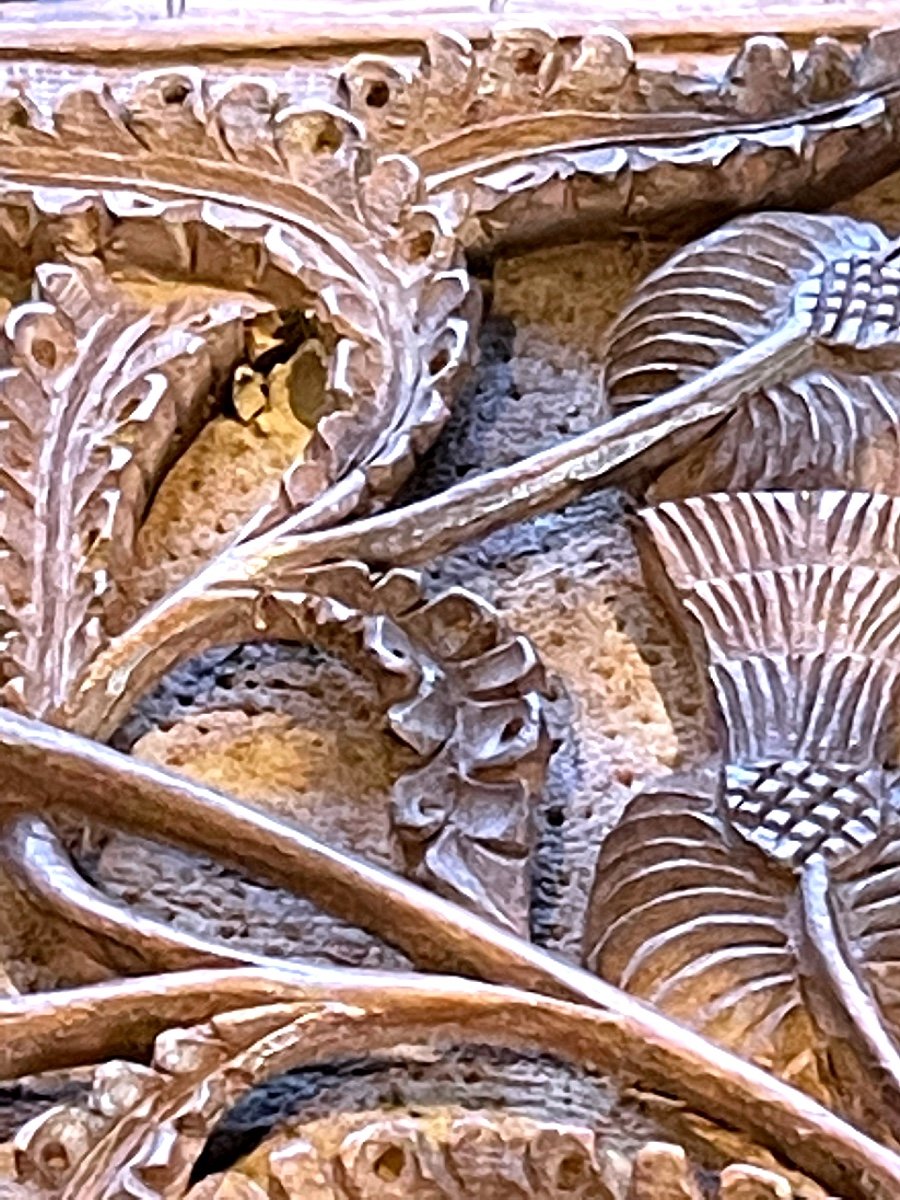

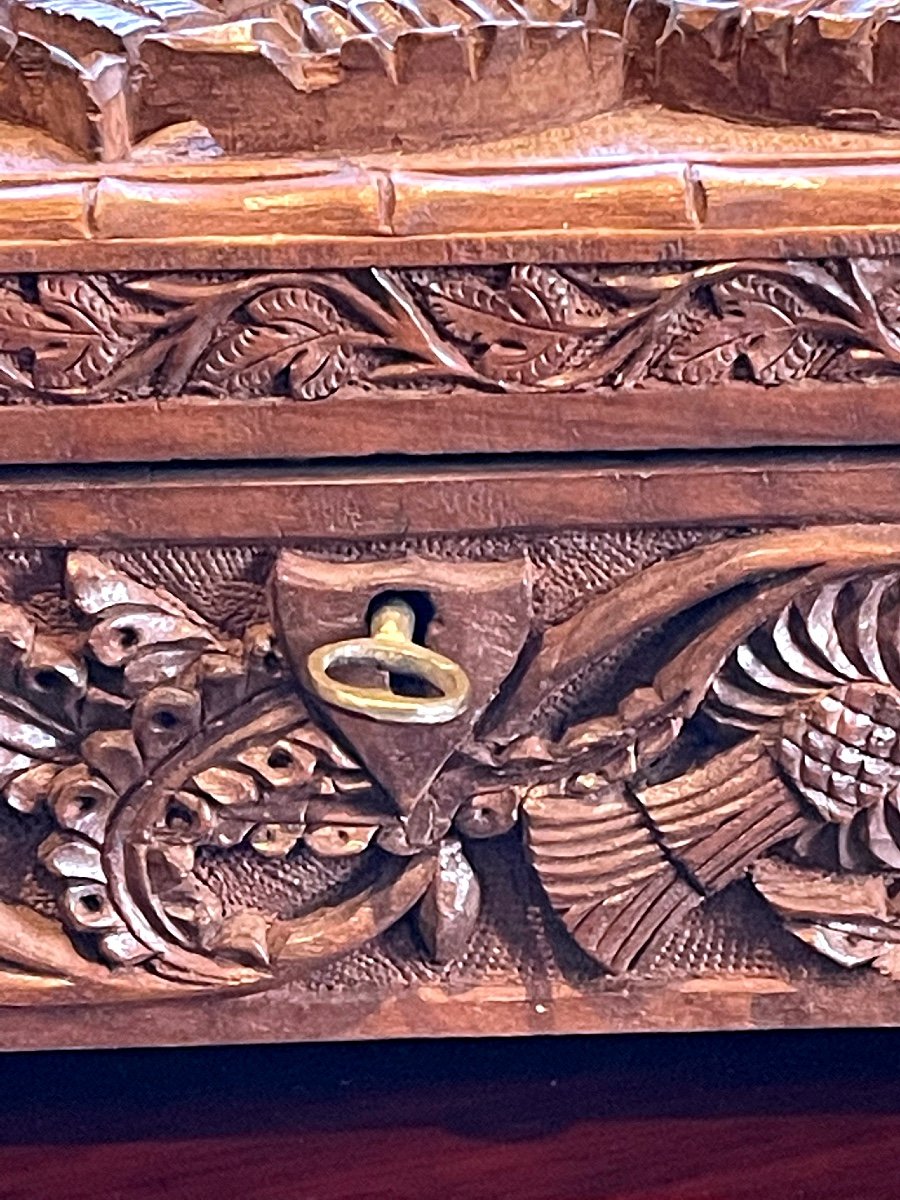
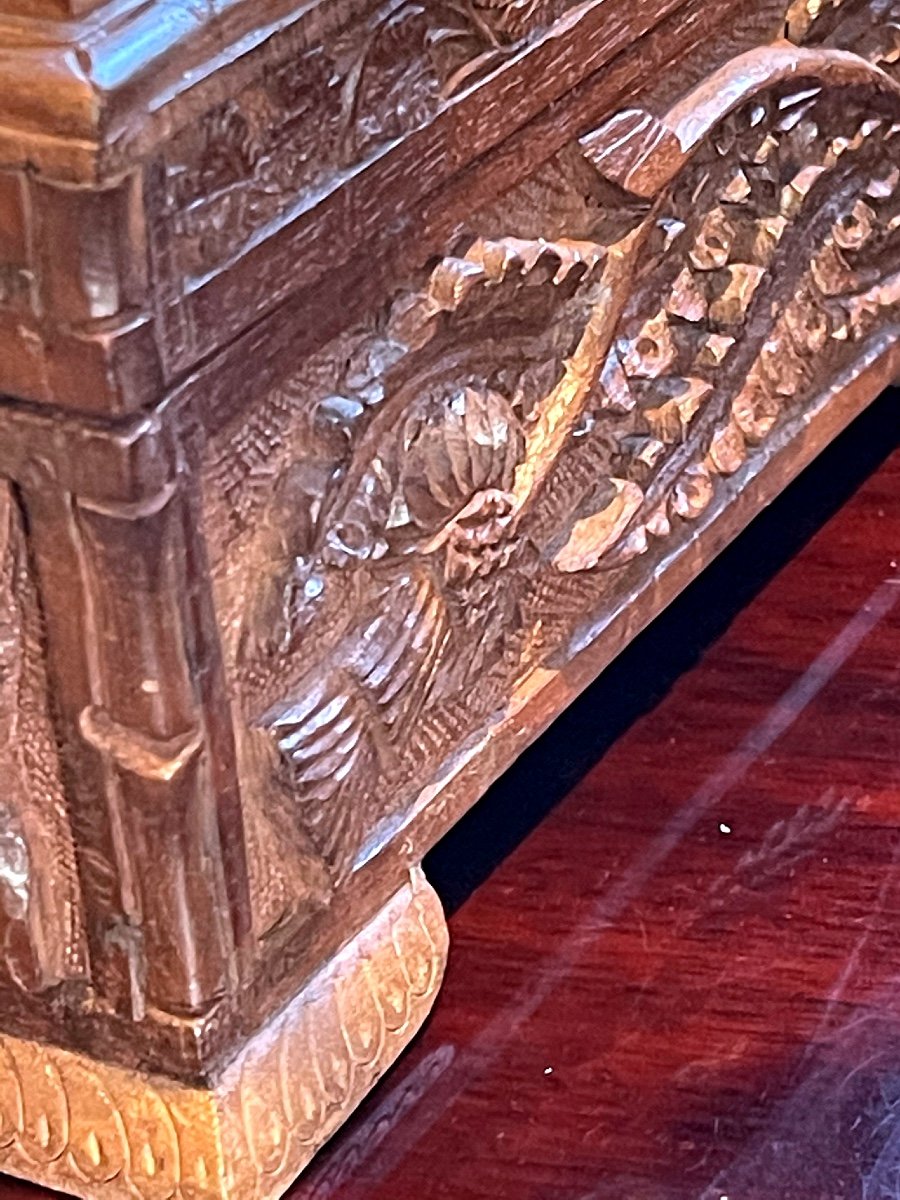
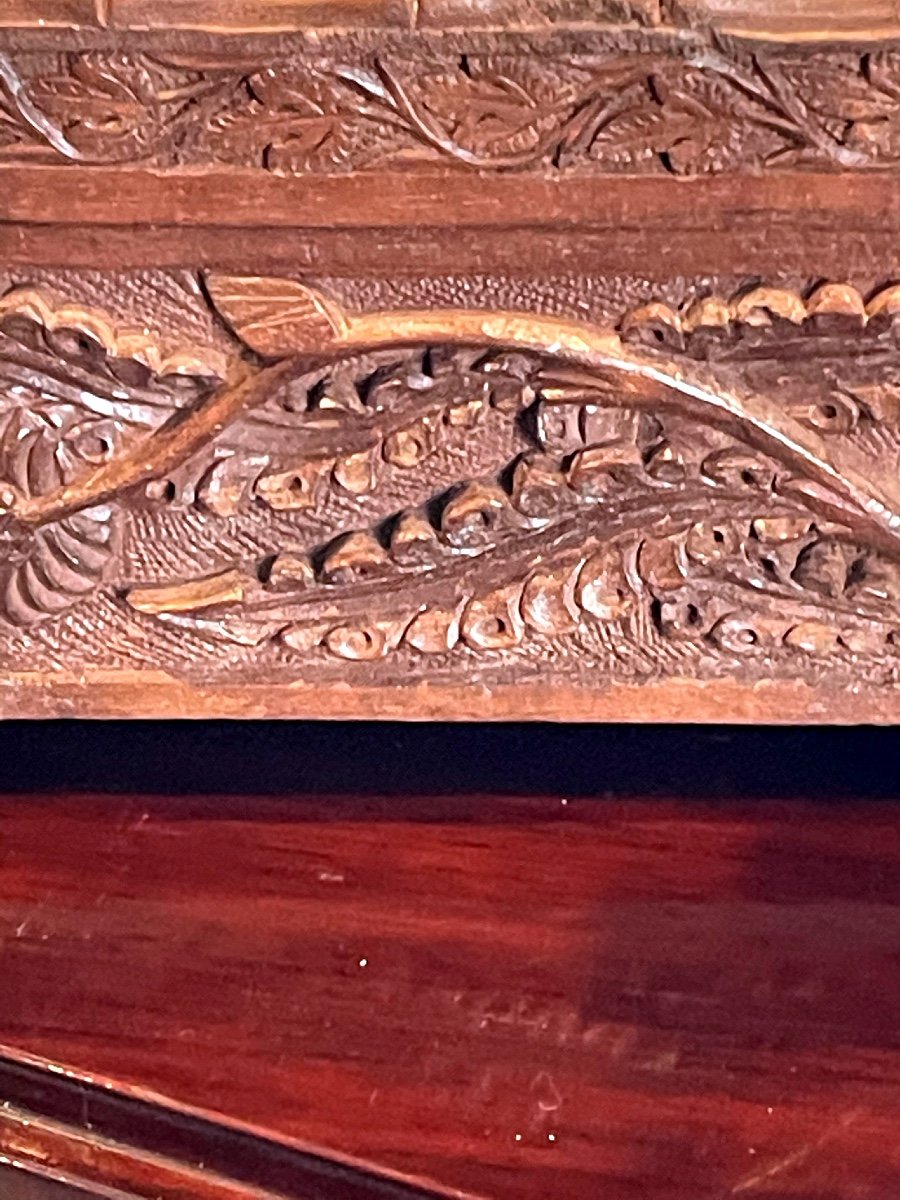
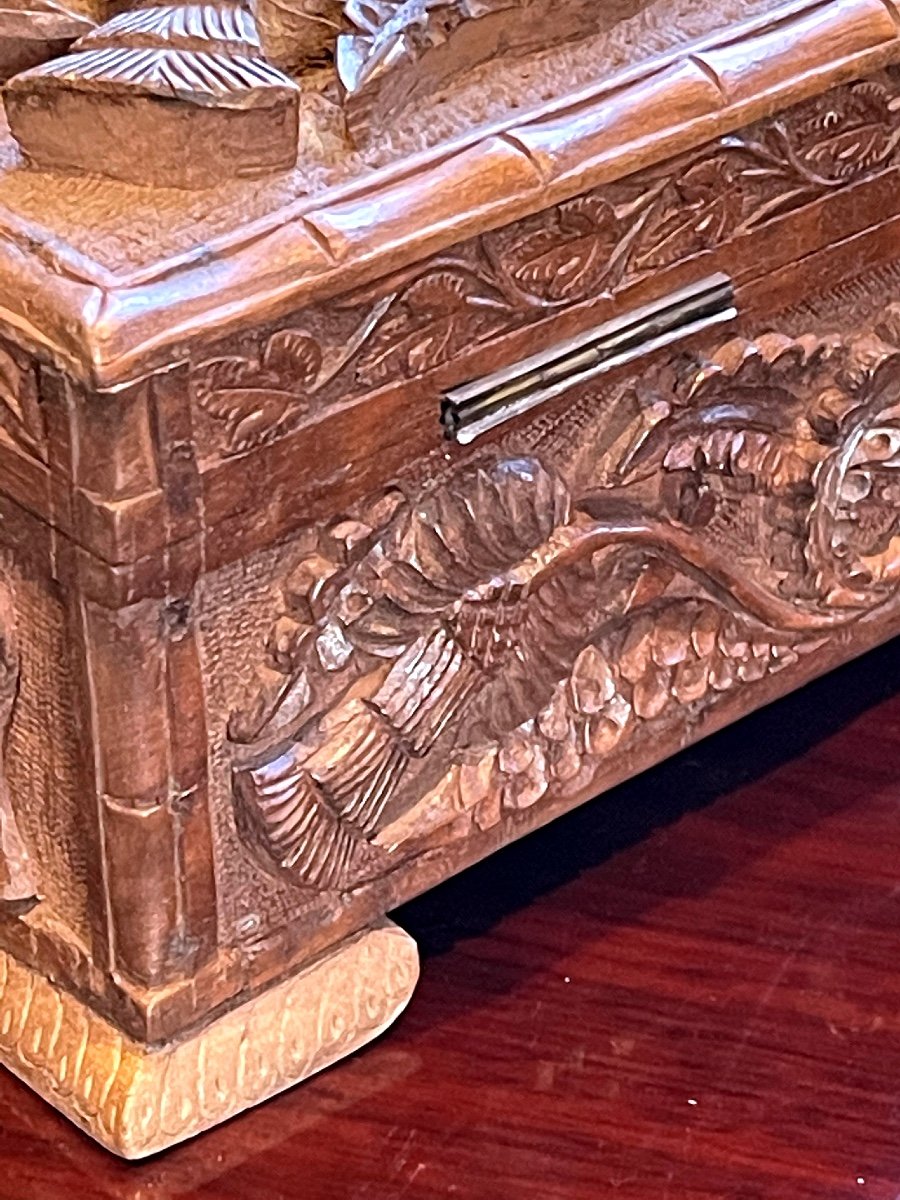
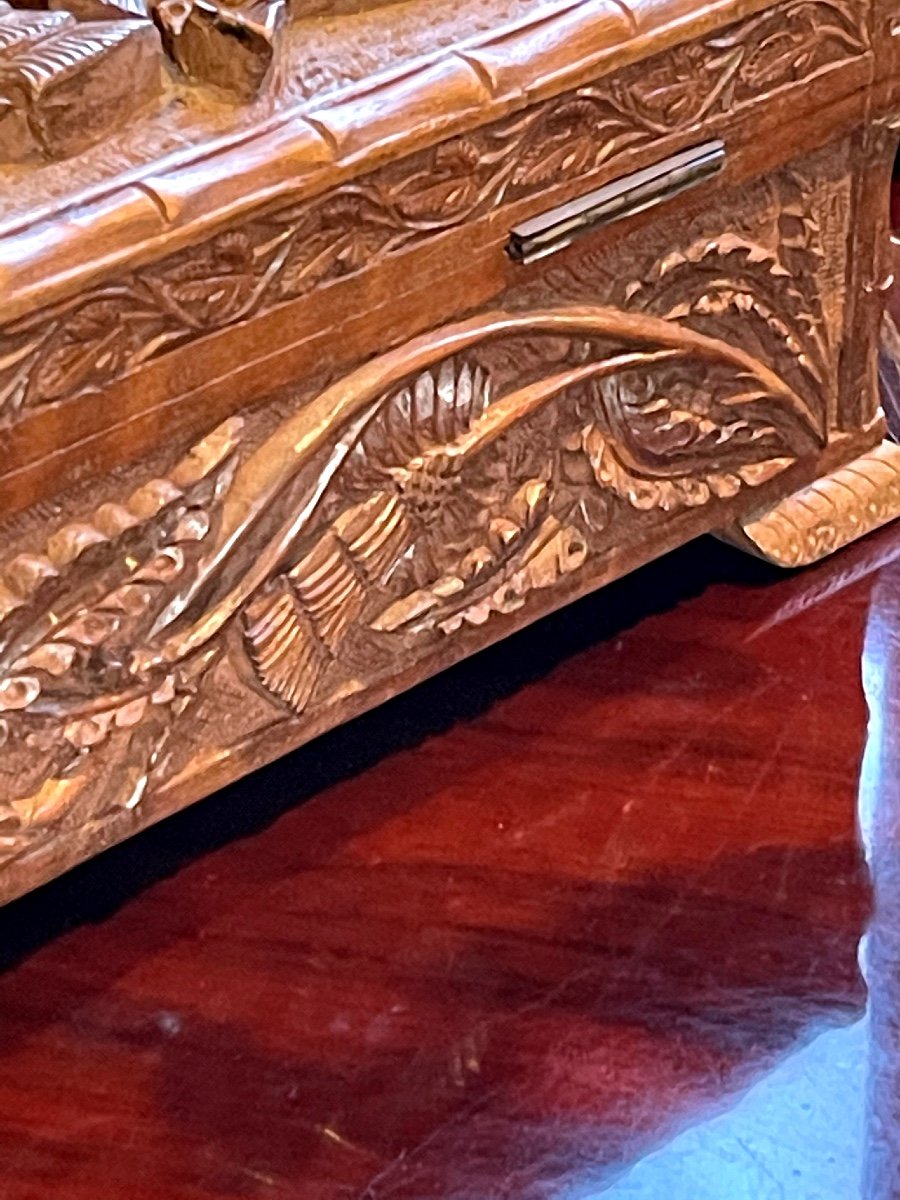
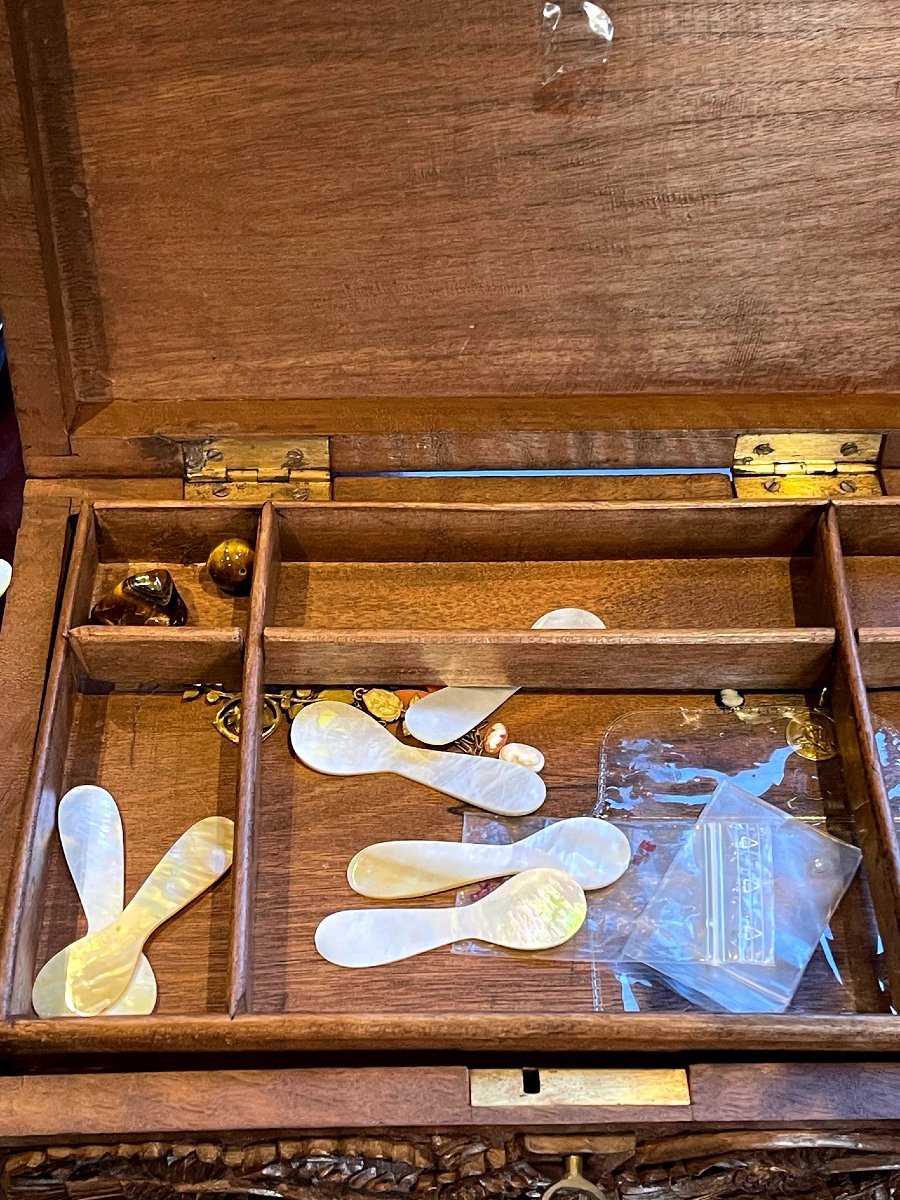
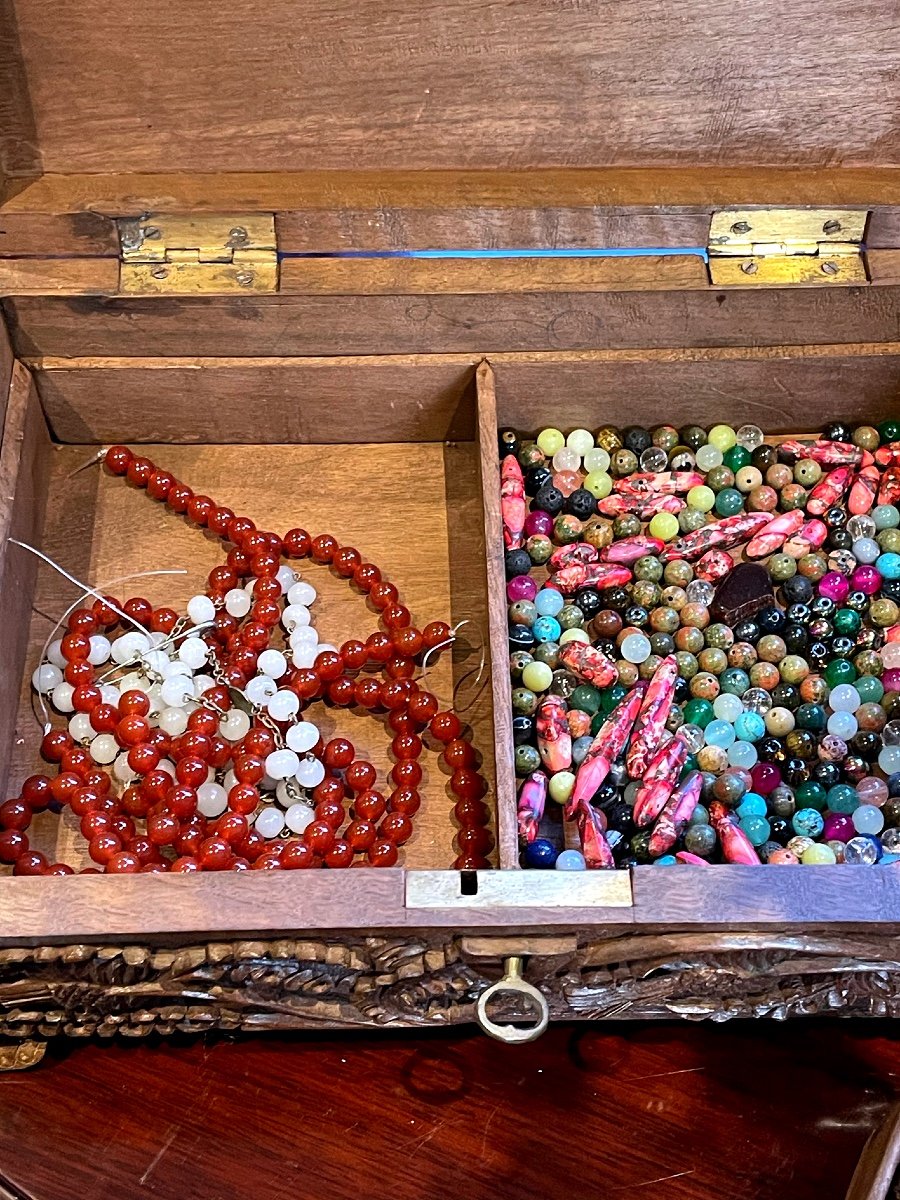
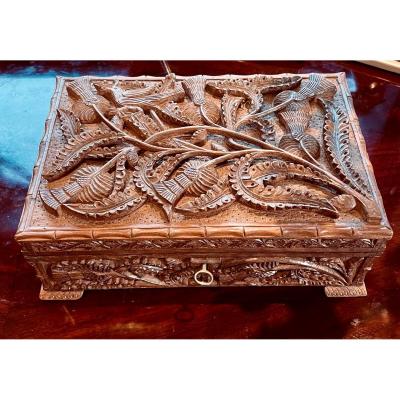

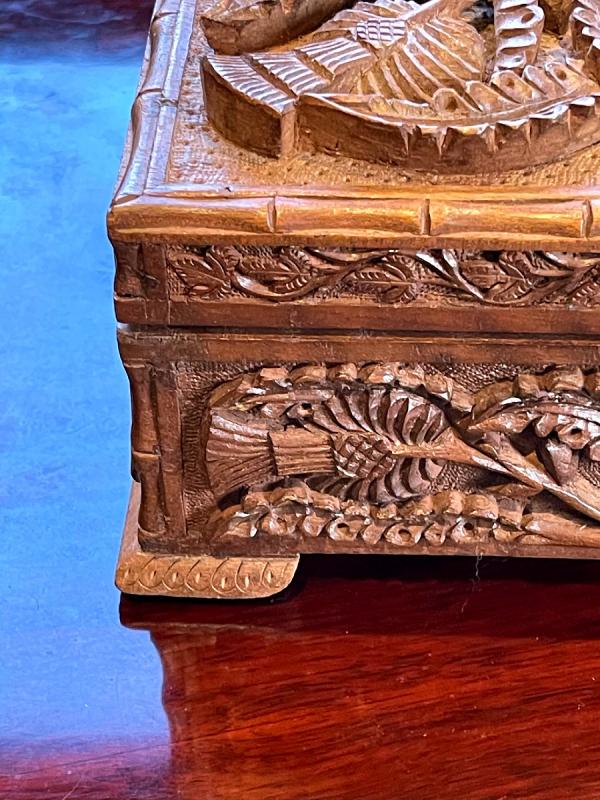














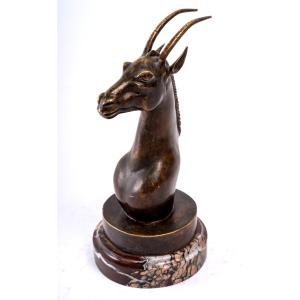


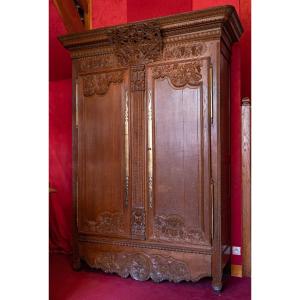
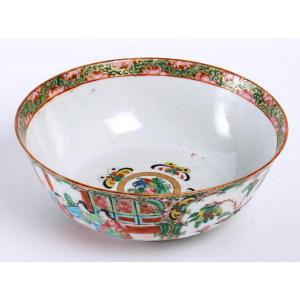
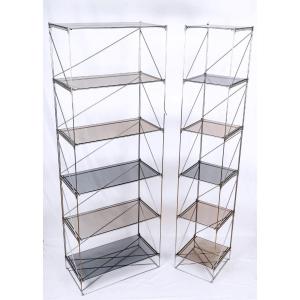
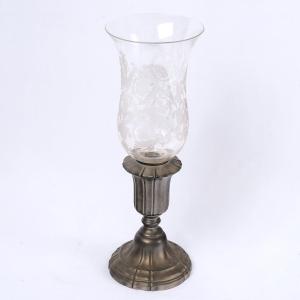

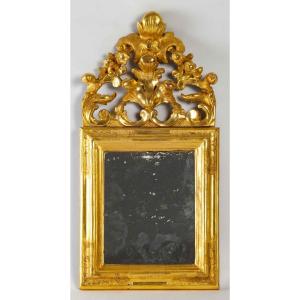
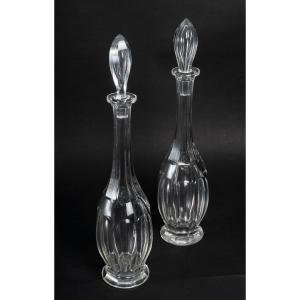
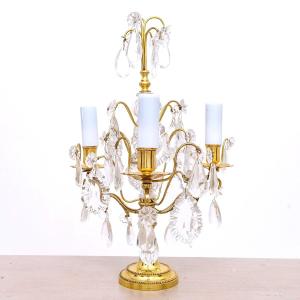




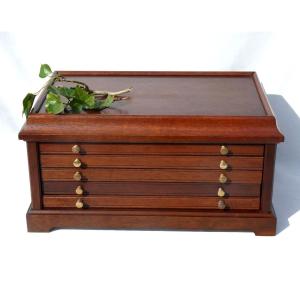



 Le Magazine de PROANTIC
Le Magazine de PROANTIC TRÉSORS Magazine
TRÉSORS Magazine Rivista Artiquariato
Rivista Artiquariato